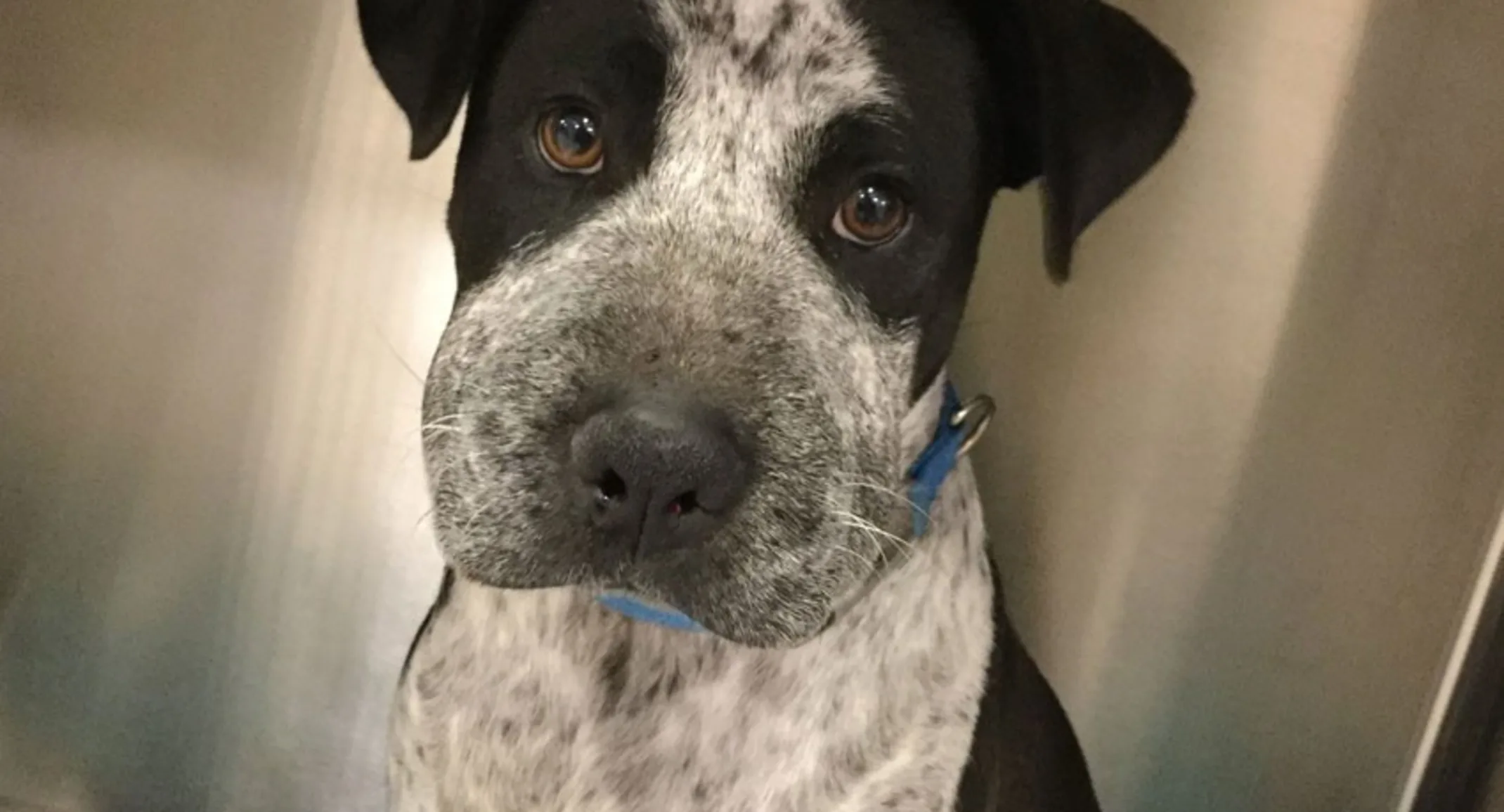Rattlesnake Bites
For Pet Owners

Snake Bite Signs & Symptoms
If you see the snake that bit your pet, remove your pet from the situation as quickly as possible. More often than not, rattlesnake bites happen when the owner is not around to see the attack occur. If you notice that your pet is acting strangely (especially if they’re whimpering or sluggish) or seems to be in pain, look over their body for signs of a snake bite. Telltale signs of a rattlesnake bite include one or two bleeding puncture wounds (the wounds may be swollen or bruised), labored breathing, or trembling due to pain and/or fear.
What to Do Next
Once you realize that your pet has been bitten by a rattlesnake, it’s essential that you act quickly. Call your emergency vet for exact advice on what to do next. Be sure to tell the emergency vet that it’s possible that your pet has been bitten by a rattlesnake, so that they can have the proper anti-venom treatment prepared and ready for your arrival to the animal hospital. In the meantime, there are a few things that you can do to help improve your pet’s chances of surviving the bite. Don’t use a tourniquet. Rattlesnake venom stops the blood from clotting and forcing the venom to stay in one area with a tourniquet concentrates the venom, increasing the chance of necrosis of the area. Don’t try to suck the venom out, no matter what advice you may have heard or seen on TV. Once the venom is in the bloodstream, it can only be removed through a chemical reaction with an anti-venom treatment. Do keep the wounded area below heart level, as this may slow the venom from reaching your pet’s heart. Follow any additional instructions given by the emergency vet animal hospital.
